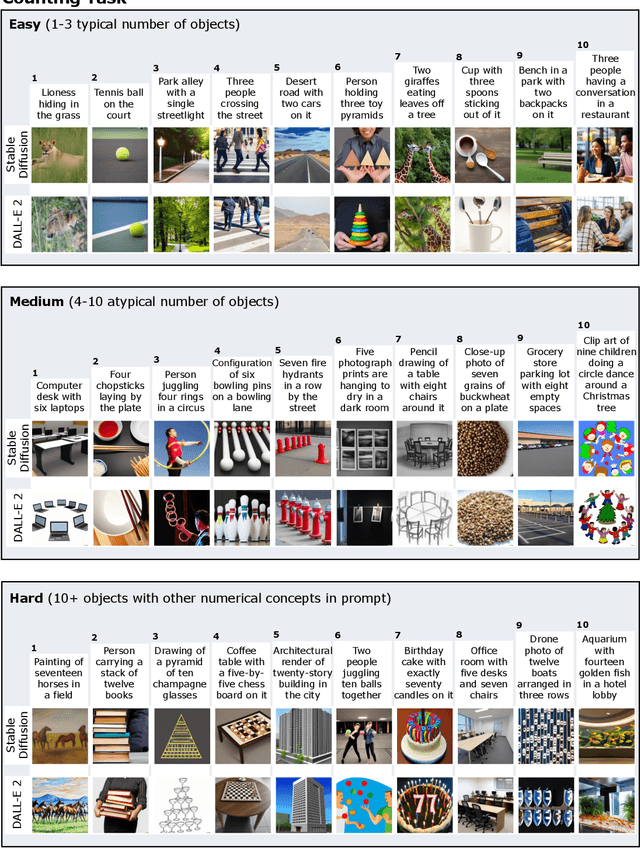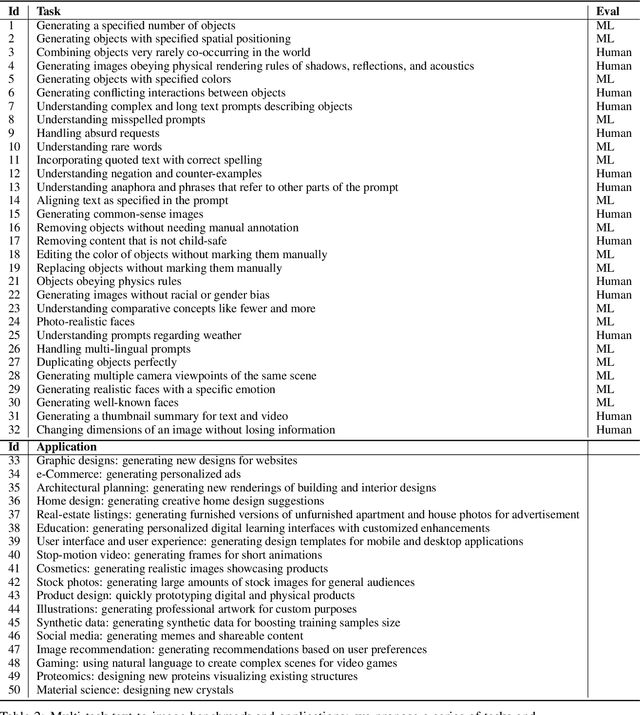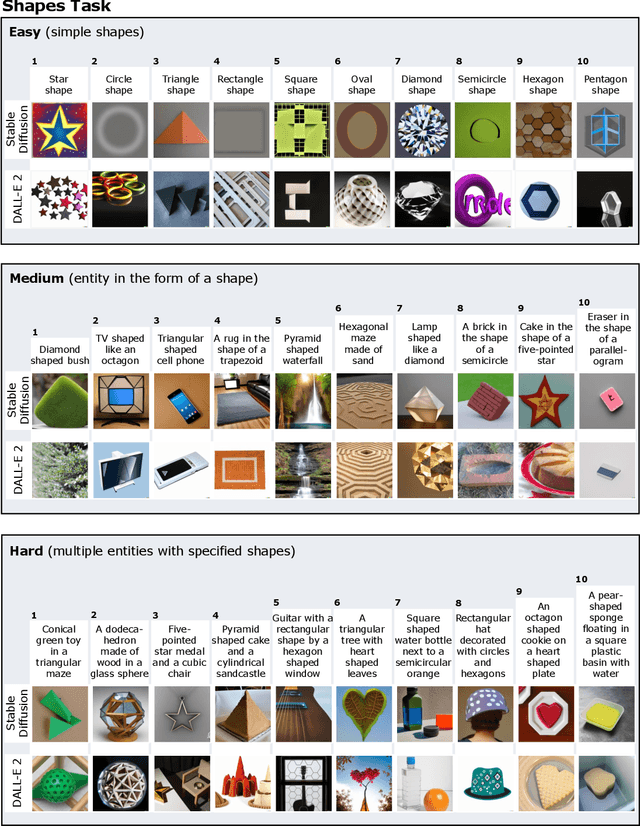Zad Chin
Exploring the MIT Mathematics and EECS Curriculum Using Large Language Models
Jun 24, 2023Abstract:We curate a comprehensive dataset of 4,550 questions and solutions from problem sets, midterm exams, and final exams across all MIT Mathematics and Electrical Engineering and Computer Science (EECS) courses required for obtaining a degree. We evaluate the ability of large language models to fulfill the graduation requirements for any MIT major in Mathematics and EECS. Our results demonstrate that GPT-3.5 successfully solves a third of the entire MIT curriculum, while GPT-4, with prompt engineering, achieves a perfect solve rate on a test set excluding questions based on images. We fine-tune an open-source large language model on this dataset. We employ GPT-4 to automatically grade model responses, providing a detailed performance breakdown by course, question, and answer type. By embedding questions in a low-dimensional space, we explore the relationships between questions, topics, and classes and discover which questions and classes are required for solving other questions and classes through few-shot learning. Our analysis offers valuable insights into course prerequisites and curriculum design, highlighting language models' potential for learning and improving Mathematics and EECS education.
Human Evaluation of Text-to-Image Models on a Multi-Task Benchmark
Nov 22, 2022



Abstract:We provide a new multi-task benchmark for evaluating text-to-image models. We perform a human evaluation comparing the most common open-source (Stable Diffusion) and commercial (DALL-E 2) models. Twenty computer science AI graduate students evaluated the two models, on three tasks, at three difficulty levels, across ten prompts each, providing 3,600 ratings. Text-to-image generation has seen rapid progress to the point that many recent models have demonstrated their ability to create realistic high-resolution images for various prompts. However, current text-to-image methods and the broader body of research in vision-language understanding still struggle with intricate text prompts that contain many objects with multiple attributes and relationships. We introduce a new text-to-image benchmark that contains a suite of thirty-two tasks over multiple applications that capture a model's ability to handle different features of a text prompt. For example, asking a model to generate a varying number of the same object to measure its ability to count or providing a text prompt with several objects that each have a different attribute to identify its ability to match objects and attributes correctly. Rather than subjectively evaluating text-to-image results on a set of prompts, our new multi-task benchmark consists of challenge tasks at three difficulty levels (easy, medium, and hard) and human ratings for each generated image.
 Add to Chrome
Add to Chrome Add to Firefox
Add to Firefox Add to Edge
Add to Edge